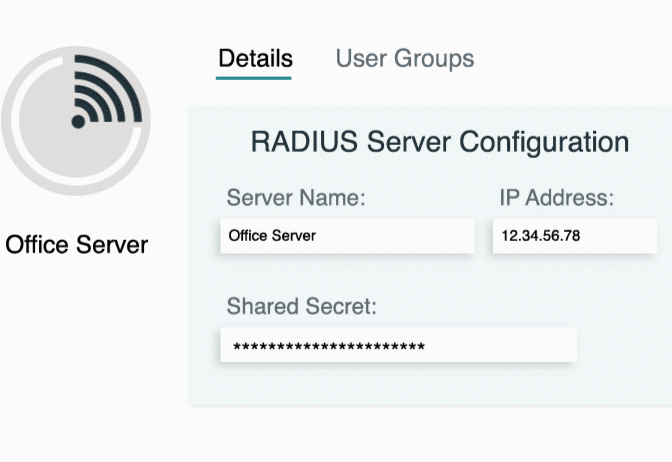Updated on May 21, 2025
Head-of-Line (HOL) Blocking is a bottleneck in packet-switched systems where a delayed packet at the front of a queue prevents others from being processed, even if they’re ready for different outputs. This reduces system throughput and increases latency, making it a key challenge in network optimization and communication systems.
Definition and Core Concepts
HOL blocking is a common issue in systems that use a single queue for storing packets or data. It happens when a packet at the front of the queue gets delayed, preventing the packets behind it from moving forward, even if they have different destinations or higher priority. This causes performance problems and affects how the network functions.
Key elements that contribute to HOL blocking include:
- Packet-Switched Networks: HOL blocking occurs in packet-switched networks where data is transmitted in small packets processed in queue order.
- Queue or Buffer: Queues temporarily store packets. If the first packet encounters an issue, all subsequent packets remain idle.
- Packet Order: Maintaining packet order is essential but can worsen HOL blocking, as packets must wait in sequence even if some are ready to be processed.
- Delay: Delays in the lead packet cause a chain reaction, often due to output contention, resource constraints, or network congestion.
- Output Contention: HOL blocking occurs when multiple packets compete for the same output destination, delaying the first packet.
- Independent Destinations: HOL blocking affects systems even when packets have different destinations, as shared queues force all packets to wait.
- Performance Degradation: HOL blocking leads to reduced throughput and increased latency, negatively impacting system performance.
How HOL Blocking Works
To understand the mechanics of HOL blocking, it’s essential to examine its technical underpinnings.
Single Queue for Multiple Outputs
HOL blocking typically occurs in systems that utilize a single queue to manage packets destined for multiple outputs. Each packet is processed sequentially, regardless of its output destination.
Blocked Packet at the Front
When the first packet in the queue encounters a delay—for instance, due to output unavailability or resource contention—it blocks the rest of the queue.
Subsequent Ready Packets Delayed
Even if the subsequent packets in the queue are ready to be processed and are destined for different outputs, they remain idle until the first packet is cleared.
Impact on Throughput and Latency
The sequential nature of queue processing leads to two major issues:
- Reduced Throughput: The system’s ability to handle data diminishes as packets remain stuck in the queue.
- Increased Latency: Delays in processing create longer wait times for packets.
These inefficiencies highlight why HOL blocking is a critical problem in many systems.
Key Features and Components
Several key characteristics define HOL blocking and its impact on system performance.
Queue-Based Phenomenon
HOL blocking is inherently tied to queue management systems. Its occurrence is dictated by the structure and rules of queue operations.
Performance Limiting
The inability to process packets efficiently places an upper limit on system performance, particularly in scenarios with high traffic.
Impacts Unrelated Packets
One of the most frustrating aspects of HOL blocking is its impact on packets that are entirely unrelated to the delay-inducing packet. Destinations and priorities become irrelevant in the face of HOL blocking.
More Pronounced Under Congestion
HOL blocking becomes significantly worse during periods of congestion, where delays and resource contention are more frequent.
Use Cases and Applications
HOL blocking can manifest in a variety of systems, particularly those that rely on multiplexing and queue-based architectures. Below are some common scenarios.
Network Routers and Switches
Traditional routers and switches with shared input buffers are prone to HOL blocking. When an output port is congested, packets destined for other ports are also delayed.
Multiplexed Communication Channels
Protocols such as HTTP/1.1, which rely on persistent connections and sequential request handling, suffer from HOL blocking. This issue prompted the adoption of newer protocols like HTTP/2 and QUIC to address these inefficiencies.
Parallel Processing Systems
Parallel computing architectures that employ queued tasks also face HOL blocking when resource contention arises. This is particularly common in systems with limited shared resources.
Key Terms Appendix
Having a solid grasp of the following terms will enhance your understanding of HOL blocking:
- Head-of-Line (HOL) Blocking: A queue-based performance bottleneck that delays subsequent packets waiting behind a blocked packet.
- Packet-Switched Network: A type of network where data is transmitted in small packets.
- Queue (Buffer): A temporary storage area for packets awaiting processing.
- Throughput: The rate at which a system processes data.
- Latency: The delay experienced during data processing or transmission.
- Congestion: A state in a network where resources are over-utilized, causing delays.
- Multiplexing: The process of combining multiple signals or data streams for transmission over a shared medium.






